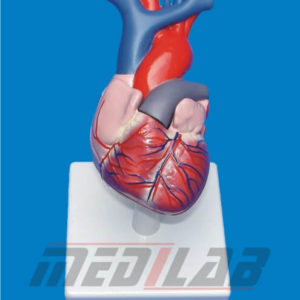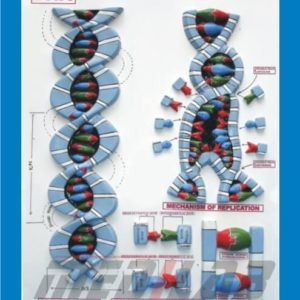Description
A human kidney longitudinal section (L.S.) model is a representation of the human kidney that has been cut along its length to show its internal structure. This type of model is typically used for educational or research purposes, and it provides a cross-sectional view of the kidney to demonstrate its different parts and how they work together.
Human kidney L.S. models can be physical replicas made from materials such as plastic, silicone, or rubber, or they can be computer simulations. Physical models may be dissectible to allow for further examination of the internal structures, and computer simulations can be interactive to provide an interactive learning experience.
The human kidney L.S. model can be highly detailed, accurately representing the size, shape, and internal structures of the human kidney, including the renal cortex, medulla, and papilla. These models can be useful tools for medical professionals, students, and anyone who wants to learn more about the anatomy and physiology of the human kidney. They can also be used in medical training and to demonstrate the effects of kidney diseases and conditions such as nephritis, nephrotic syndrome, and kidney stones.







